I’ve now been doing fat transfer to the breast for over seven years. I remain enthusiastic about this procedure in patients with favorable anatomy and realistic expectations. One FAQ relates to changes in the breast with weight changes. So here is what I have observed so far in my practice:
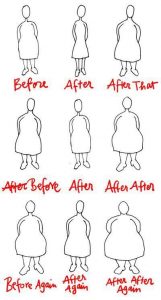
Yo-yo is a no-no for fat transfer!
If patients lose weight, the transferred fat shrinks and the patient loses volume in her her breasts. This also goes for patients who lose fat but maintain their weight. I have seen this in a couple of patients who did not have a major weight loss but who really leaned out with vigorous exercise. They both became Crossfitters and both lost a lot of the volume they gained after fat transfer. One went on to have implants. The other did not. I am thinking about adding “do not join Crossfit” to my post-op instructions!
Conversely, if a patient gains weight, the fat that was transferred to the breasts will expand and the breasts will get larger. I have seen this in a couple of cases. One case was a middle aged flight attendant who gained about 7 lbs on a cruise (this is why I do not go on cruises!) and became alarmed at how large her breasts became. I assured her that her breasts would go back to their pre-cruise size when she lost that extra weight and indeed they did. In another case, a patient gained just a few pounds and rather than going to her saddle bags as it usually did prior to fat transfer, she was delighted to see that it mostly went to her chest!
So whenever we are moving fat around, it’s best to have surgery when you are at a healthy and sustainable weight. I do not recommend fat transfer in patients who yo-yo. Significant weight fluctuations make for fluctuating results.
Thanks for reading and did you notice I did not say “ideal” weight? Sustainable and healthy weight is more important and more obtainable than ideal for most of us who are over 25 years old!
Dr. Lisa Lynn Sowder
I would be honored if you followed me on Instagram @sowdermd and @breastimplantsanity.

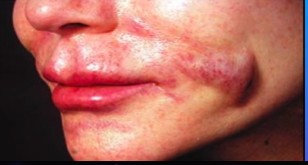


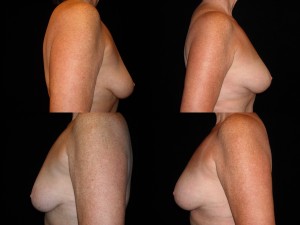
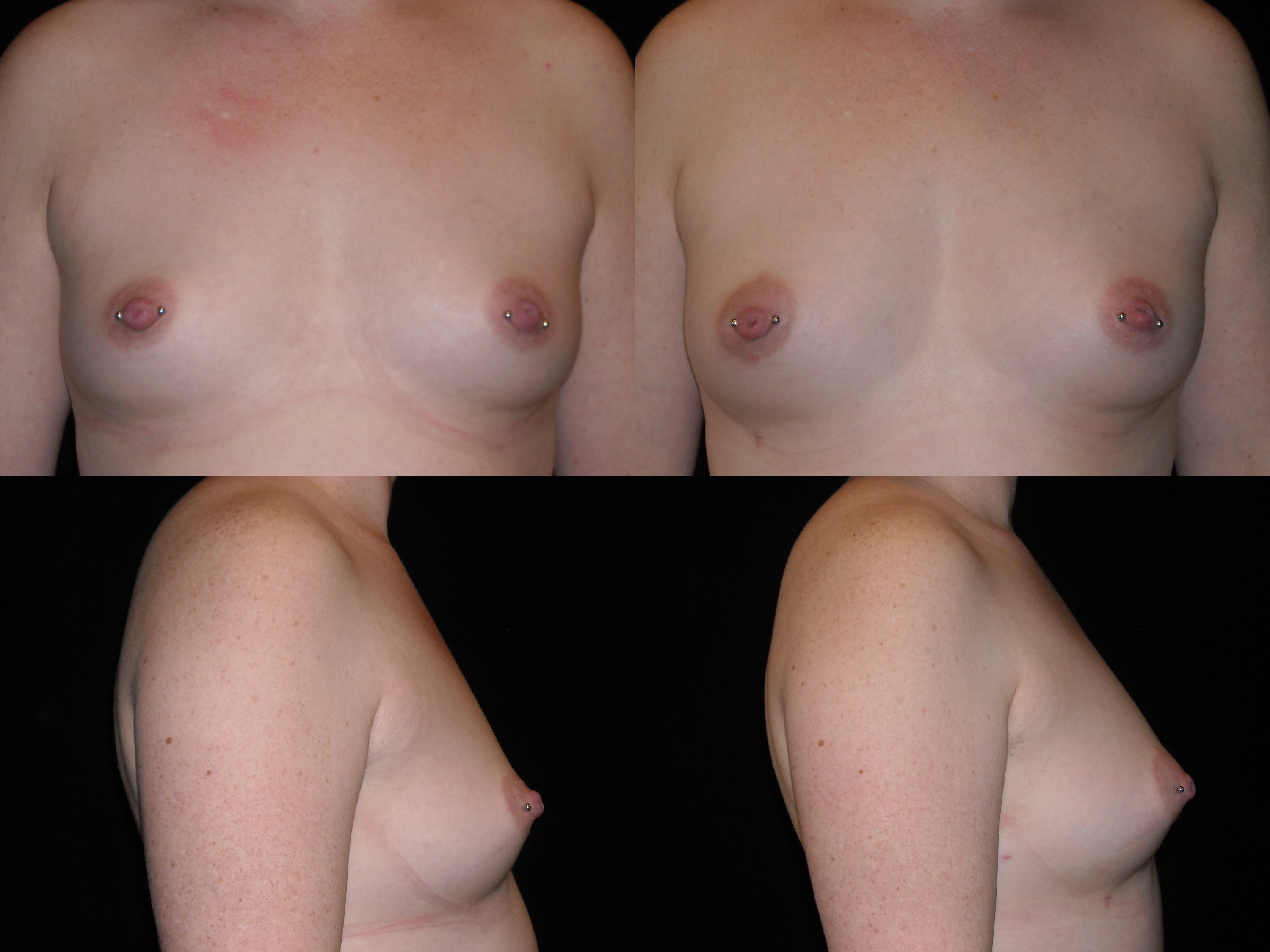
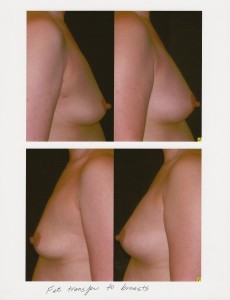

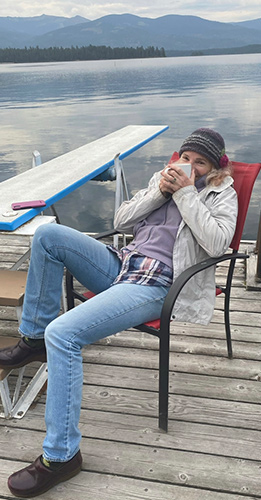
 @lisalynnsowder
@lisalynnsowder
